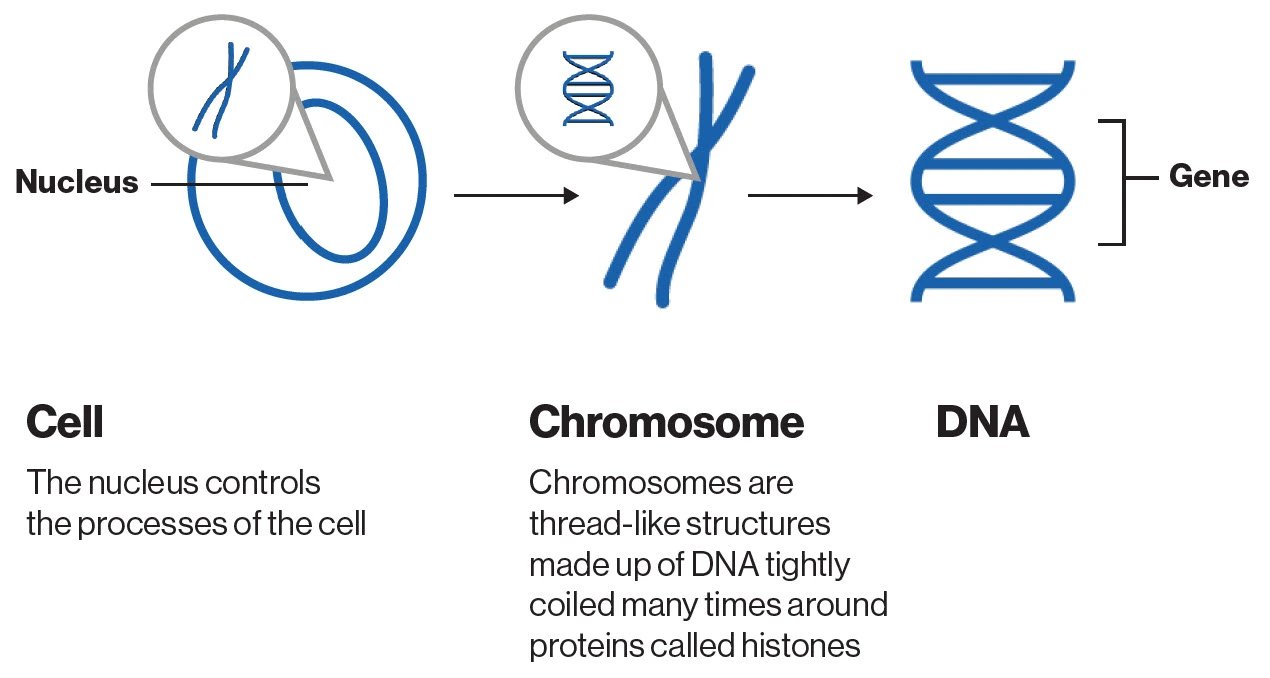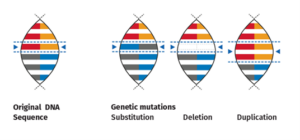Introduction
Advancements in medical science are transforming the way diseases are treated, and one of the most promising fields is cell and gene therapy. These innovative treatments hold the potential to address the root causes of genetic disorders, providing hope for millions of patients worldwide. But what exactly are cells and genes, and how do these therapies work? Let’s explore the science behind these revolutionary medical approaches.
What are Cell & Genes?
Cells are the basic building blocks of all living things, and genes can be found deep within cells. Genes are small sections of DNA that carry genetic information and instructions for making proteins, which help build and maintain the body. Every person has 20,000 genes and two copies of each of their genes — one from each parent. Small variations in genes result in differences in people’s appearance and, potentially, health.

What are Genetic Diseases?
Genetic diseases arise when a critical piece or whole section of DNA is substituted, deleted or duplicated. Some of these mutations are inherited, meaning they can be passed down from parents to their children. There are more than 10,000 rare diseases caused by mutations in single genes, many of which currently lack effective treatments.

What is Cell and Gene Therapy, and How Does It Work?
Cell therapy and gene therapy are advanced medical approaches designed to treat diseases at their source. Cell therapy involves the use of living cells to repair, replace, or regenerate damaged tissues, while gene therapy targets specific genetic defects by modifying or replacing faulty genes within a patient’s cells. These therapies offer new hope for individuals suffering from previously untreatable conditions.
Cell and gene therapies operate in different ways but share the goal of modifying or replacing faulty genes or cells. Gene therapy involves introducing, removing, or altering genetic material within a patient’s cells to treat a disease. This can be done using a delivery system called a vector, often derived from inactivated viruses. These vectors carry new or corrected genes into the body’s cells, either inside the body (in vivo) or outside the body (ex vivo), before reinserting them.
Cell therapy, on the other hand, focuses on using live cells to treat diseases. These cells may be derived from the patient (autologous cells) or a donor (allogeneic cells). The cells are cultivated, modified, or reprogrammed outside the body and then reintroduced to replace damaged or diseased cells.

Why is Cell and Gene Therapy Important?
Traditional treatments for genetic diseases often focus on managing symptoms rather than addressing the underlying causes. However, cell and gene therapies offer a new approach by directly targeting the genetic or cellular defects responsible for disease. These therapies provide hope for patients with conditions that were previously considered untreatable.
Applications of Cell & Gene Therapy
These therapies have shown remarkable promise in treating conditions across multiple fields, including neurology, ophthalmology, oncology, haematology and cardiology.
Summary
Cell and gene therapies represent a groundbreaking shift in medical treatment, moving us closer to cures for many genetic diseases. By directly targeting the root causes of these conditions, these therapies offer renewed hope for millions of patients. While research and development continue to advance, the future of medicine is undoubtedly being shaped by these life-changing innovations.
Interested in learning more? Contact us today to find out how we can help with your technical needs.
Similar posts

